History of Cocoa Solar Kaddura Coffee beans grown in Alachita Manor, Bolivia
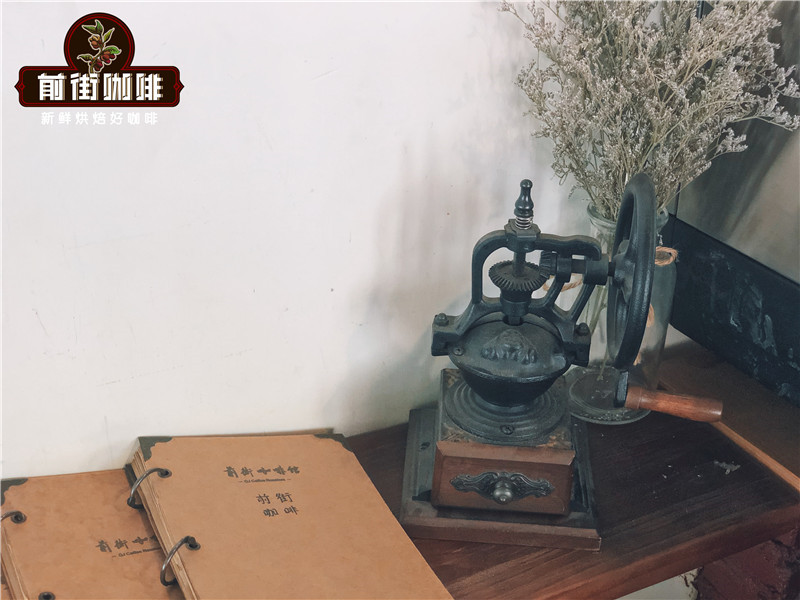
Professional coffee knowledge exchange more coffee bean information please follow the coffee workshop (Wechat official account cafe_style)
Front Street Coffee-Kaddura Coffee beans in Alacitas Manor, Bolivia
Producing area: the producing area of La Paz Caravina, Bolivia
Manor: Alaxitas Manor
Altitude: 1650m
Variety: Kaddura
Treatment: cocoa sun treatment
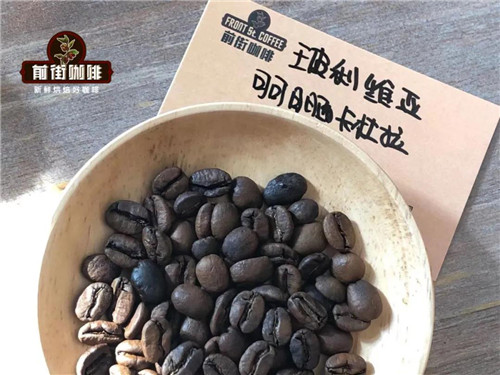
Bolivian coffee
Bolivia Coffee
When it comes to boutique coffee in Bolivia, mention the Finca Los Rodriguez family. As promoters of local boutique coffee, although the Bolivian coffee industry has experienced a sharp decline in economy and production in recent years, they still increase investment in manor construction and coffee cultivation in order to ensure the quality of coffee and the sustainable development of the coffee industry in the future.
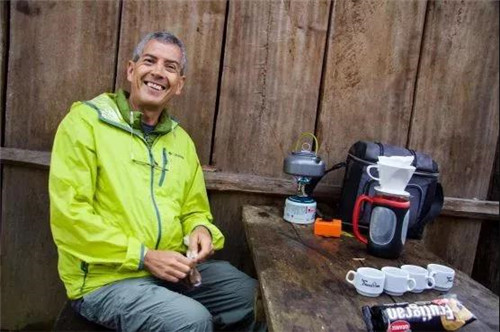
The Rodriguez family gave birth to the tomorrow Sun project in order to help farmers improve the quality of their coffee and thus increase profits. The Rodriguez family gave adequate technical guidance in seed selection, planting and picking, and set up large-scale treatment plants to help small farmers complete the treatment process, and to support subsequent sales, export and other services. greatly increased the enthusiasm and income level of small farmers, with practical actions to protect the sharp decline of Bolivia's boutique coffee industry.
Alaxitas Manor
Finca Las Alasitas
Alajitas Manor gets its name from Bolivia's grand "Alasitas", which originally means "Buy me". It is the rudiment of the original bazaar, which will be exchanged for goods in the aboriginal trade. There will be agricultural products, colored round gems or anything special, and people will "buy" what they want during this period. Alasitas has evolved into a traditional festival of Aymara. In the spring of Bolivia, farmers worship the Andean god "Ekeko" (Aymara: Iqiqu) and pray for a good harvest.
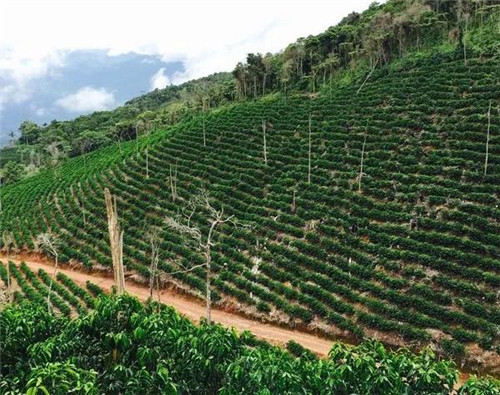
La Paz Karawina producing area
La Paz Caravani
Alahitas Manor is located in the Karanawi area, which has a unique geographical advantage. It is the central area of the Amazon region, with beautiful natural scenery and rich species, and is suitable for coffee growth. The Alachitas manor leaves a harvest passage between the planted coffee trees, perfectly following orderly circular lines, and overlooking the manor from the air looks like a fingerprint pattern.
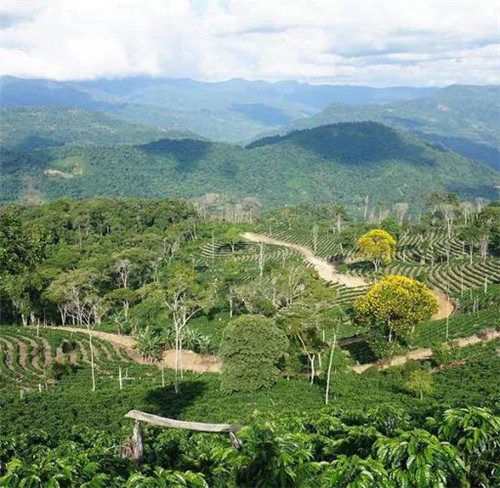
Bolivian coffee production has always been small, and while the Rodrigo family manages the coffee produced on their own farms, they concentrate on harvesting fresh fruits from small farmers in the Yonggas region. The garden owner cooperates with small farmers in Karavina to set up a processing station to process coffee and guide farmers to selectively select coffee fruits, and micro-batches of coffee fruits will be processed separately when they encounter good quality coffee fruits.
Kaddura coffee variety
Caturra
This time Qianjie started with a variety of Kaddura from the manor. Kaddura is a variety of bourbon, which is suitable for planting in the high altitude area from 700m to 1800 m. It has strong adaptability to altitude, but the higher the altitude, the better the flavor, and the production capacity is relatively reduced.
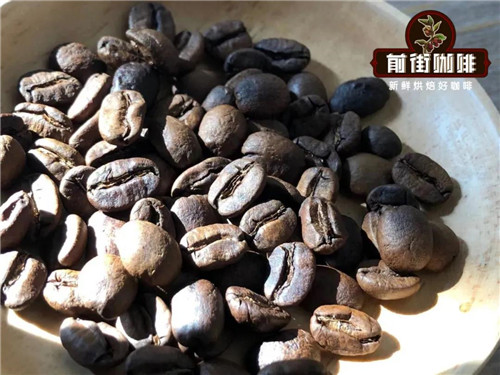
Kaddura and bourbon are very similar in appearance, so it is a bit difficult to distinguish. From the appearance, we can see that the tail part of the Kaddura variety is more curved with the bourbon species, round and slender is its shape feature.
Cocoa solarization treatment
Coco Natural
During the harvest season, the manor will hire coffee pickers to carefully select the coffee fruit during the picking period. These pickers are trained to pick only ripe coffee fruits. They will pick the coffee fruit in stages during the harvest season to ensure that the coffee fruit is picked at the best maturity. The harvested coffee fruit is loaded in crates to ensure that the coffee will not be damaged during transportation and to keep the coffee fruit well ventilated so as to prevent unnecessary early fermentation.
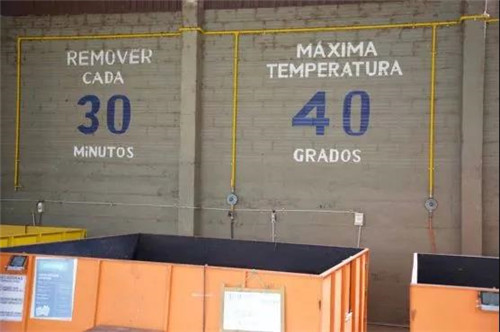
After selection and weighing, the coffee fruit is washed carefully, dried on a raised African bed, and then turned every hour. About a week later, put the coffee fruit in the cocoa dryer. Coffee beans are placed in large steel buckets for about 35 hours at a temperature of no more than 40 degrees Celsius, flipping every 30 minutes. After the coffee beans are dried, the manor uses machinery to shell and sort the coffee, in addition to manual sorting under ultraviolet light and natural light.
Suggestion on coffee baking in Qianjie
When the furnace temperature is 140℃, the throttle opens to 4, the firepower remains unchanged; when the furnace temperature is 154℃, the bean table turns yellow, the smell of grass disappears completely, and enters the dehydration stage, when the bean surface appears ugly wrinkles and black markings, the smell of toast obviously turns to coffee, which can be defined as a prelude to explosion.
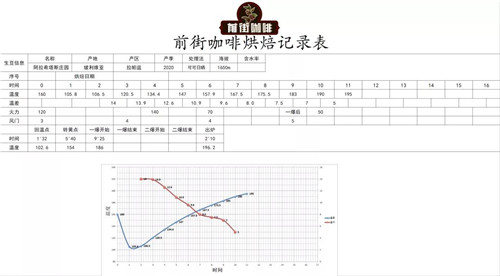
When the furnace temperature is 180 ℃, the firepower drops to 70. At this time, the sound of a burst point should be heard clearly. When the furnace temperature is 188℃, the firepower will drop to 50, and the fire power will be reduced to 50 when the furnace temperature is 188℃.
Coffee cup test report on Qianjie
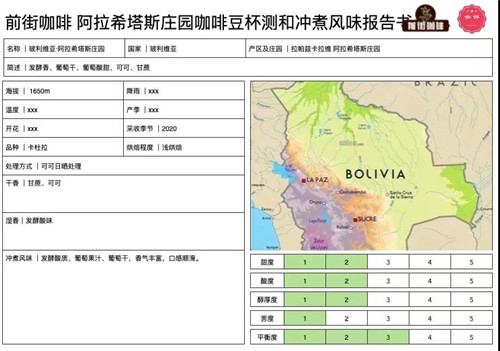
Experience of brewing coffee in Qianjie
Filter cup: Hario v60
Powder content: 15g
Ratio of powder to water: 1:15
Degree of grinding: medium and fine grinding (screening rate of No. 20 standard screen 76%)
Boiling water temperature: 90 °C
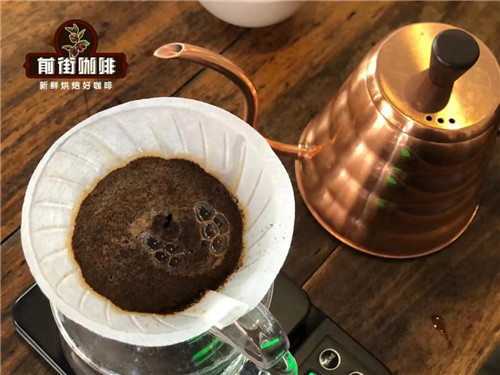
This time, using segmented brewing, first inject 30g of water for steaming for 30s, when the coffee expands into a "hamburger" shape. The center of the second section is filled with 125g water in a small circle. The height of water injection is 4cm, the strength is gentle, and the tumbling strength of the powder layer is reduced as much as possible, and the flow speed falls at 4G per second. When the water level drops to 1 stroke 2 of the silt layer, the third stage of water injection begins, and the water injection in this section is also gently circled from the center to the end of 225g. Finish the extraction after all the coffee liquid in the filter cup has been dripped, and the time is 2pm / 39 / 01 ". Shake gently after the coffee has been extracted, and then taste it after the coffee liquid is fully uniform.
Cooking flavor: fermented acid, grape juice, raisins, rich aroma, smooth taste.
For more boutique coffee beans, please add private Qianjie coffee on Wechat. WeChat account: kaixinguoguo0925
Important Notice :
前街咖啡 FrontStreet Coffee has moved to new addredd:
FrontStreet Coffee Address: 315,Donghua East Road,GuangZhou
Tel:020 38364473
- Prev

Bolivian Yonggas Koraca Association small Farmer Coffee beans _ Bolivian Sun Project Coffee
Professional coffee knowledge exchange more coffee bean information please follow Coffee Workshop (Wechat official account cafe_style) Bolivian Coffee-tomorrow Sun Project Yungas South Yonggas Illupana District Koraca Association small Farmers 1650-1950m Bolivia Sol de Manana Sud Yongas Irupana Coraca 1650-1950m Flavor: dry aroma mixed with orange and plum aroma
- Next
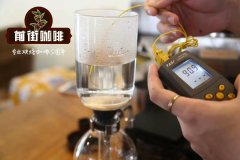
Characteristics of Bolivian coffee beans in Yonggas-Karanabi Inquisi area, Bolivia
For more information about coffee beans, please follow the coffee workshop (Wechat official account cafe_style). Our partner in Bolivia Coffee is Pedro Rodriguez and the Agricafe established by his son Pedro Pablo and daughter Daniela. Agricafe can be said to be an important driving force in reviving Bolivia's boutique coffee industry.
Related
- Detailed explanation of Jadeite planting Land in Panamanian Jadeite Manor introduction to the grading system of Jadeite competitive bidding, Red bid, Green bid and Rose Summer
- Story of Coffee planting in Brenka region of Costa Rica Stonehenge Manor anaerobic heavy honey treatment of flavor mouth
- What's on the barrel of Blue Mountain Coffee beans?
- Can American coffee also pull flowers? How to use hot American style to pull out a good-looking pattern?
- Can you make a cold extract with coffee beans? What is the right proportion for cold-extracted coffee formula?
- Indonesian PWN Gold Mandrine Coffee Origin Features Flavor How to Chong? Mandolin coffee is American.
- A brief introduction to the flavor characteristics of Brazilian yellow bourbon coffee beans
- What is the effect of different water quality on the flavor of cold-extracted coffee? What kind of water is best for brewing coffee?
- Why do you think of Rose Summer whenever you mention Panamanian coffee?
- Introduction to the characteristics of authentic blue mountain coffee bean producing areas? What is the CIB Coffee Authority in Jamaica?

